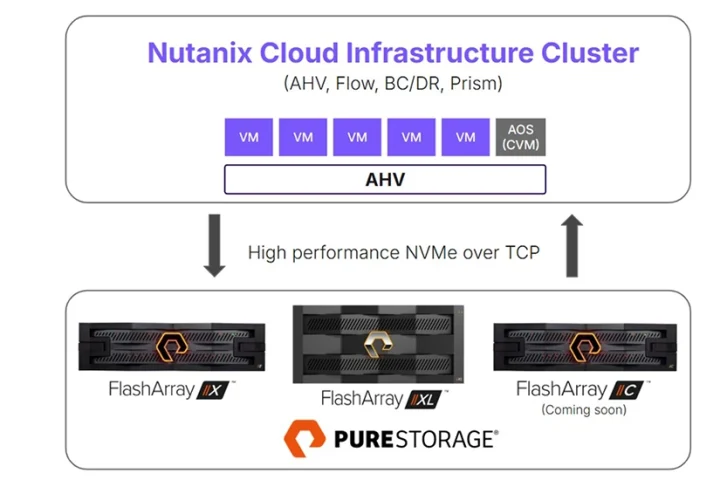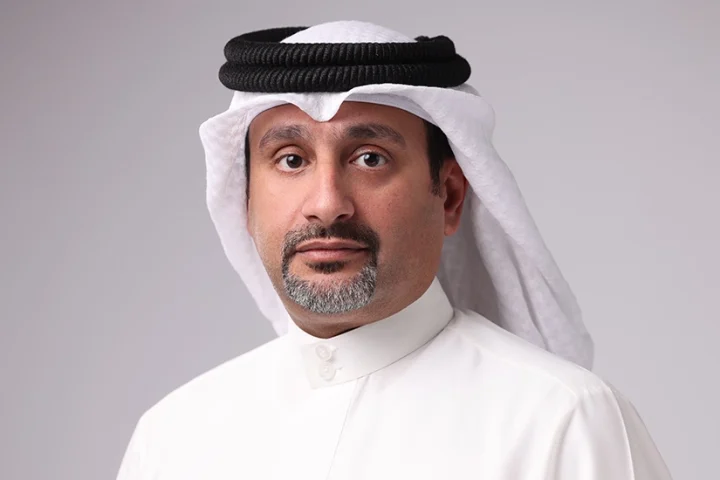The business environment has dramatically and rapidly changed in recent years. We are living in a world where widespread economic and political uncertainty now runs parallel with unprecedented levels of technological development and adoption. It is no surprise that these two factors have resulted in a shift in attitudes towards IT expenditure. No longer seen as a cost, but as a business critical spend that can drive efficiencies, reduce operational costs and enable fast growth.
Managed Service Providers, MSPs have always played a vital role in running a customer’s IT infrastructure, and over time this has evolved into a supportive and consultancy role. MSPs now play an active part in helping businesses to achieve operational success and reach their goals. Done correctly this looks like a true partnership, but there are challenges ahead for MSPs to navigate.
Changing landscape
Hyperscale public cloud providers have created a new dynamic in the cloud market, offering businesses unlimited capacity, seamless updates and large geographic scope. Over the past few years alone it has been suggested that hyperscalers have spent $185 billion building out new datacentres; showcasing their fast and ambitious growth, as well as customer demand for their services. This growth could actively be taking away business from MSPs as customers go to hyperscale cloud providers directly.
It has been suggested that hyperscalers have spent $185 billion building out new datacentres.
Unsurprisingly, budget restraints present another issue of contention, changing customers’ purchasing needs and habits. For example, increasingly buyers are reaching out to service providers and vendors themselves, with research to suggest that they are already 57% of the way through their decision-making process when they do. Budget concerns mean that more than ever before, organisations need services and solutions that meet their needs and objectives.
More than ever before organisations face uncertainty on how they should size their environment, or how to grow and evolve their infrastructure without impacting service delivery. In an age where downtime is no longer acceptable, they will be looking towards technology solutions that can guarantee up-time and a partner that can advise accordingly.
The combination of capex restraints and unpredictable growth means that many customers are increasingly issuing shorter-term supplier contracts. The technology needs of a company – and in many occasions the budget to support it – are in a constant state of flux, making it impractical to be tied into a long-term contract.
The combination of capex restraints and unpredictable growth means that many customers are increasingly issuing shorter-term supplier contracts.
The result on MSPs? They have less time to deliver solutions to the business, and are under more pressure than ever to prove their worth and effectiveness from day one. The ability to adapt to the changing needs of customers is further complicated by the financial challenges MSPs face. Often, MSPs have to purchase solutions from vendors upfront, or enter into long contractual agreements to lease equipment. Vendors could definitely do more to support MSPs through financial innovation and a degree of shared risk.
Hybrid cloud has changed the game for organisations. While it is without a doubt opened up new opportunities, it now means businesses require the infrastructure and solutions that allow for their workloads to work seamlessly in different environments.
Challenges = Opportunities
Of course, there are challenges that have moved the goal posts, but they also present unprecedented opportunities for those MSPs who get it right. So just how can these challenges be addressed? There are several ways:
Organisations across all industries are facing their own unique set of technology challenges – whether it is the financial services industry reliant on legacy technology, or the public sector where cost and culture can act as huge barriers to digital transformation projects. There is no one size fits all approach, and more to this point, an approach that works for a customer today might not work a month from now.
This has given rise to the success of more flexible subscription-based models. Businesses increasingly require solutions that are agile enough to scale up and down according to demand.
MSPs need to ensure that their infrastructure investments will support next-generation solutions. This means enabling customers to leverage data intensive applications that require low-latency and high throughput – such as predictive analytics, artificial intelligence and machine learning – to get better insight into what is going on with their business, customers, and industry.
Rather than competing with hyperscalers, forward-thinking MSPs are already starting to work with them. In this scenario MSPs must act as the metaphorical glue that brings all of these new technologies together for their customers. Only by doing this will they be seen as a true partner, having the best interest of their customers at the forefront.
Rather than competing with hyperscalers, forward-thinking MSPs are already starting to work with them,
Ever-changing workloads can present challenges. In order to overcome these hurdles businesses are increasingly looking to reap the benefits of a hybrid environment. In order for MSPs to accelerate development and provide extra support when needed, they should be advising on solutions that will work in a hybrid environment to ensure they are adding real value to customers and prospects.
The landscape is changing, there is no doubt about that, but the future is bright for those MSPs that both embrace and adapt. It all comes back to a customer-centric approach, really putting yourself in the shoes of your customer; understanding their goals and challenges in today’s uncertain environment and providing the solutions and support to help them navigate this.
That said, the onus should not just fall to MSPs – vendors and hyperscalers alike should also operate with a customer-first mind-set, tailor financial options accordingly and take on a shared degree of the risk.
Those MSPs that thrive in the years to come will be the ones that continue to play a crucial supporting role in helping businesses to achieve operational success and reach their objectives. What’s good for their customers will also be good for MSPs; the true partnerships seeded now will reap future dividends for all.
By Matthieu Brignone, Area Vice President EMEA Partners, Pure Storage.

























